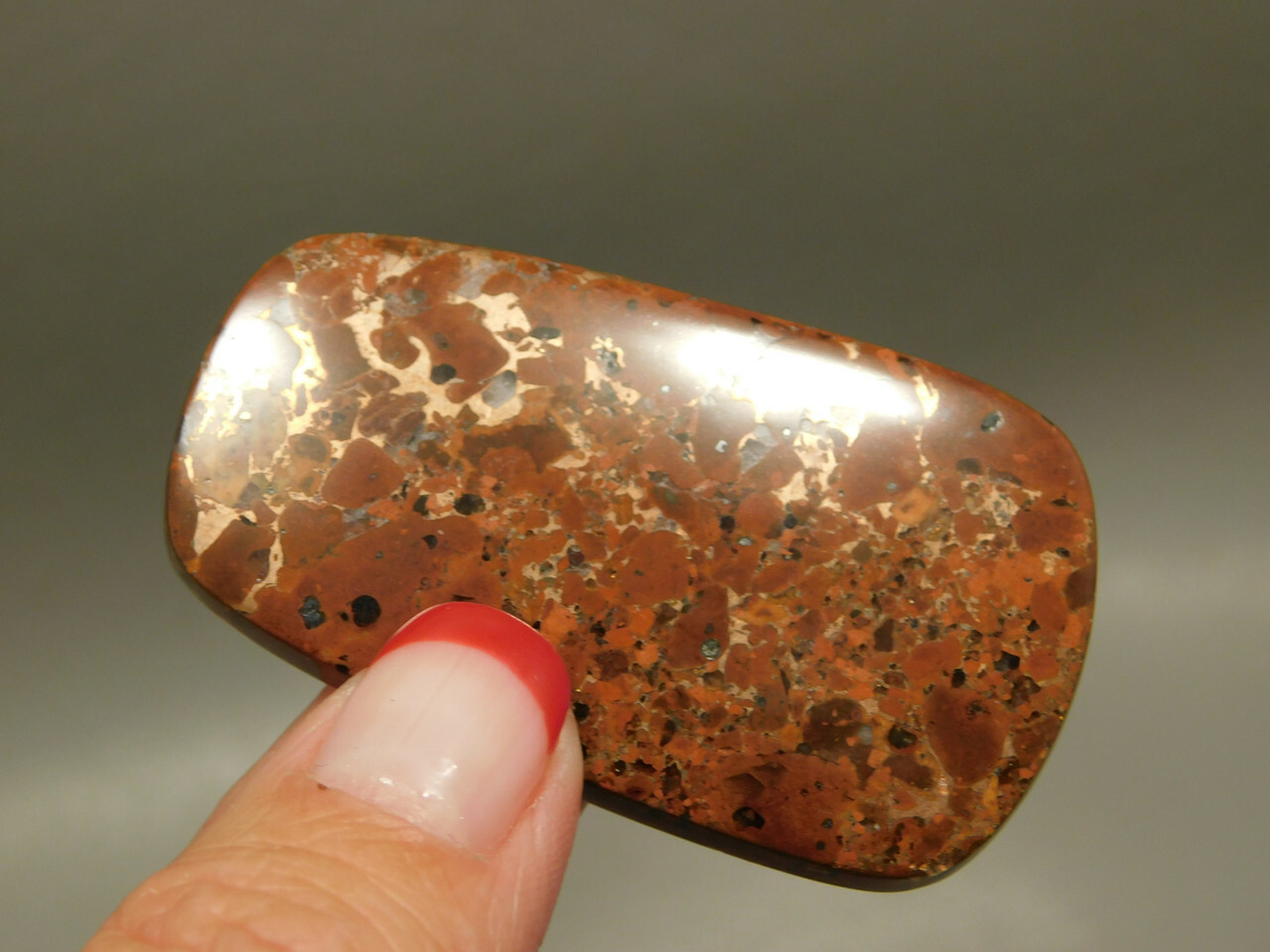Michigan Rock and Minerals
Michigan has 1,853 records of mining mines according to the U.S.G.S.
Lower Michigan is quite level and not much elevated above the Great Lakes, and is underlain by sedimentary deposits of limestone, salt and gypsum. Upper Michigan is a rugged band of some of the oldest in the world igneous and metamorphic rocks, highly contorted and containing some of the world’s richest iron and copper deposits, as well as nickel, silver and gold, and many other valuable minerals.
Michigan is the largest state east of the Mississippi River, and the eleventh largest state overall. More than half of the state's land area is still forest and much of the state’s rock riches are hidden from view by vegetation and freshwater lakes.
Michigan is well-known for its copper. In Michigan, copper is found almost exclusively in the western portion of the Upper Peninsula, in an area known as the Copper Country. In the Mohawk mine, mohawkite and domeykite, as well as calcite, quartz, epidote, chlorite, and various zeolites have been found. A number of copper mines also contained a notable amount of silver, and in fact only in the Upper Peninsula have they found unique pieces of ore that contains half copper and half silver in the same piece of rock!
It is believed Native Americans first mined the copper between 5000 BCE and 1200 BCE. Those diggings lead to the boom in copper mining in the early 1840s. More than 400 companies staked claims in the area, but eventually most of the mines came under the control of one company. Although the copper-mining region stretched about 100 miles from northeast to southwest, the most productive early mines were those at the north end in Keweenaw County (such as the Central, Cliff, and Phoenix mines), or at the south end in Ontonagon County (such as the Minesota Mine). Some of the mines in the Upper Peninsula offer tours.
One of the newest mines in decades, the Eagle Mine began production in the fall of 2014. It is an underground, high-grade nickel and copper mine located in western Marquette County of Michigan’s Upper Peninsula.
Michigan designated Petoskey Stone as the official state stone in 1965. Petoskey Stone (Hexagonaria pericarnata) is actually not a stone but fossilized coral, found only along the shores of Michigan’s lower peninsula. In prehistoric times (about 350 million years ago), Michigan was covered by a shallow sea that teemed with coral colonies. There is actually a state park named Petosky State Park situated on Little Traverse Bay, along Lake Michigan. Also, along the beaches you can find common fossils such as trilobites, corals, sea lilies, and even mammoth teeth.
In 1972 the official State Gemstone of Michigan became the Isle Royale Greenstone (Chlorastrolite). This is an extremely rare gemstone. It's usually found as small bean sized, rounded beach pebbles in Michigan. They come from basically one source, and that source is the Isle Royale National Park, where they're illegal to collect, or in the Keweenaw Peninsula, where they're becoming scarcer and harder to find due to progress.
Lake Superior Agates can be found along the shores of Lake Superior, from Whitefish Point up through Wisconsin and Minnesota. In fact, though more plentiful around Lake Superior, all the Great Lakes shorelines are great places to hunt for agates, chert, jasper, granite, and quartz.
Before venturing out-do some research on where and what you can collect. Remember you must have permission to collect on private property.
See my page on Rockhounding Rules for general information on the rules of collecting rocks on various lands.
 US Dollar
US Dollar
 Australian Dollar
Australian Dollar
 Euro
Euro
 CAD
CAD


